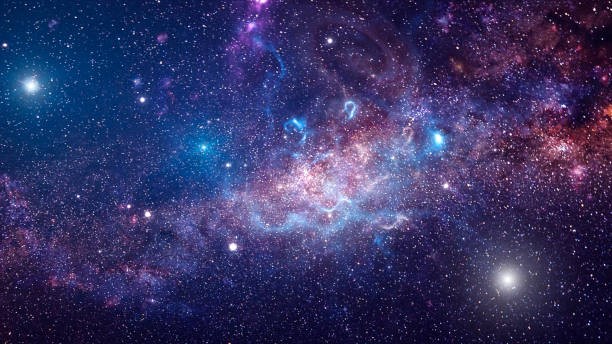Free Courses Sale ends Soon, Get It Now


Free Courses Sale ends Soon, Get It Now



Copyright infringement not intended
Context: The James Webb Space Telescope (JWST) has made a remarkable discovery: the CH3+ molecule, also known as methyl cation or Methylium. This is the first time that this simple organic molecule has been detected outside our solar system.
Details
Methylium

How did we find it?
Significance
The JWST is a powerful tool for exploring the mysteries of the cosmos, and this is just one example of its amazing capabilities. The JWST will continue to observe Methylium and other molecules in interstellar space and reveal new aspects of our cosmic origins and destiny.
James Webb Space Telescope (JWST)
The JWST has four main scientific objectives
The JWST is a groundbreaking mission that will open new windows into the cosmos and answer some of the most fundamental questions about our origins and destiny.
© 2024 iasgyan. All right reserved